Famous for its Carnival, the oldest and longest in Europe (it begins on December 26 with the Propaggini and ends on the traditional Shrove Tuesday), Putignano is located on three limestone hills of the Murgia.
The historic centre is contained within the so-called Estramurale, which corresponds to the archaic city walls, and retains its typical medieval conformation, full of noble palaces and religious sites such as churches and convents.
Everything revolves around Piazza Plebiscito, the main square, dominated by the Mother Church dedicated to San Pietro and dating back to the 12th century, although remodeled until the 18th century. The Palazzo dei Cavalieri di Malta stands out on the square, as does the Sedile, the ancient seat of the city government.
Still in the historic center, there are the church of Santa Maria la Greca, the monastery of the church of Santa Chiara where you can admire notable examples of religious architecture. And then the small churches of Santo Stefano, La Maddalena, San Lorenzo, Santa Maria di Costantinopoli.
Not far from the Borgo Antico you can visit the current Town Hall, once a Carmelite convent, Palazzo Romanazzi, which is now occupied by the Civic Museum which contains seventeenth- and eighteenth-century paintings, as well as furnishings in perfect Rococo style.
Outside Putignano you can visit the Grotta del Trullo, just one kilometer from the historic center on the state road to Turi. This is the first tourist cave in Puglia and is located near the folkloristic area of the trulli. Studied lighting allows you to see incredible alabaster concretions in pastel colors ranging from pink to white, although the most unexpected spectacle is the one you enjoy when entering the cave.
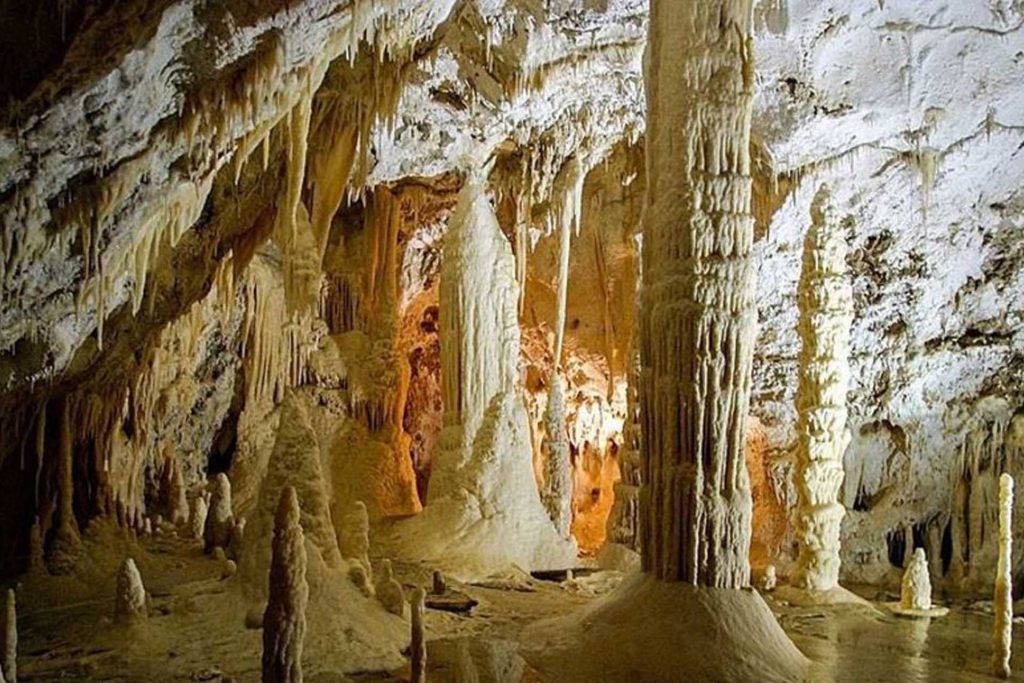
The history of Putignano is very ancient, dating back to the first Apulian populations of the Peucezi to prosper during the period of Magna Graecia and become a Roman municipium.
Around the year 1000 the territory of Putignano became the property of the Benedictine monks, who resided in the Abbey of Santo Stefano di Monopoli. From then on, small families of farmers began to live in the territory of Putignano in the service of the Benedictines.
Frederick II of Swabia loved hunting in the territories of Bari, he also had a residence in Gioia del Colle. He also loved Putignano, so much so that he built a castle immediately outside the town. When he was about to enter the city, the people of Putignano denied him access, on the advice of the Benedictines, supporters of the Pope who had excommunicated the emperor. From then on he had the castle destroyed, of which today no trace remains, also heavily damaging the city walls.
Added to the fury of Frederick II were the struggles of the bishop of Conversano to obtain spiritual jurisdiction over the territory. However, for a long period of time, Putignano enjoyed (as happened to the nearby city of Rutigliano) the status of ecclesia nullius diocesis, that is, it did not belong to any diocese and was under the direct dependence of the Holy See.
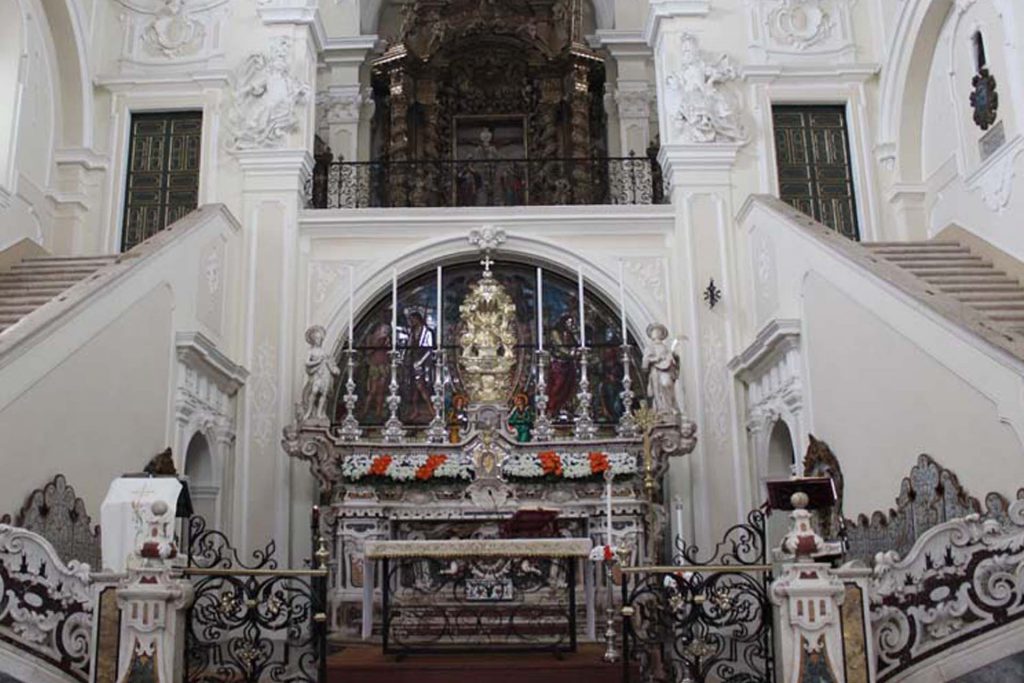
However, the period of greatest splendor coincided with the rule of the Knights of Jerusalem or Malta, especially the government of the Balì Carafa, who in 1472 had a new city wall built to replace the old one damaged by Frederick II.
He built it larger and more imposing, equipped with 14 round towers and 12 quadrangular ones, surrounded by a large moat. He also allowed the opening of a second gate, Porta Barsento, in addition to the pre-existing Porta Grande.
In 1477 he completed another great work. He rebuilt the Church of St. Peter the Apostle, making it much larger and endowing it with great artistic and architectural value.
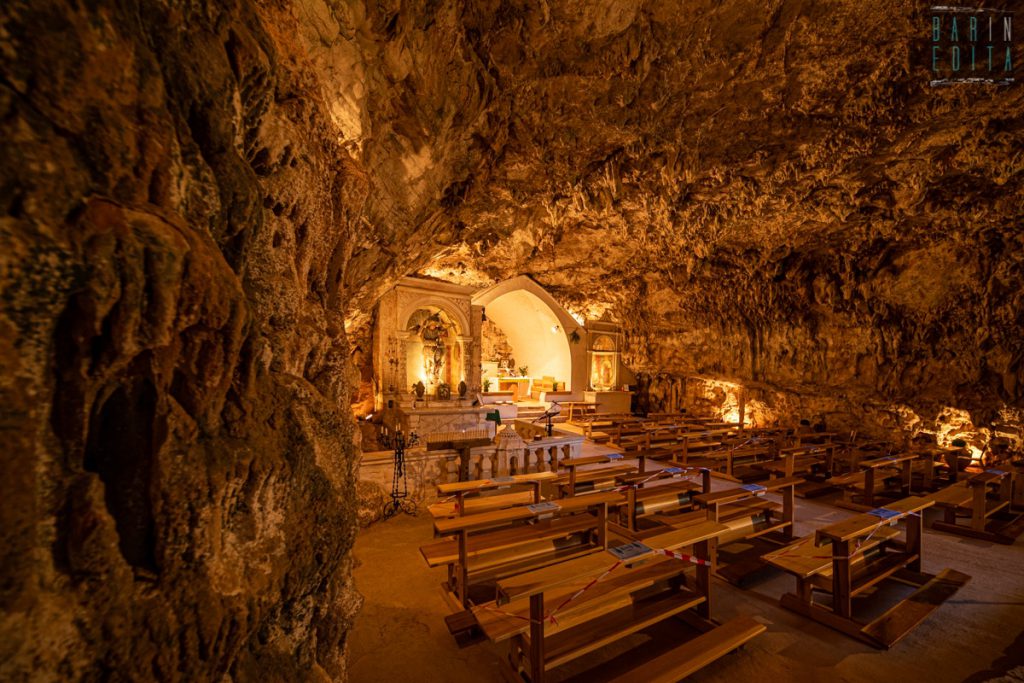
Among the wonders to experience in Putignano it is useless to mention the carnival. A tradition that dates back to the time of the expulsion of Frederick II from the country.
In 1806, three elm trees were planted by the French in Putignano in memory of the ideas of democracy and freedom. Of these, one still exists today.
A few kilometers from the city center is the Grotta di San Michele in Monte Laureto. Frequented since ancient times as a place of religious celebrations, first in devotion to the god Apollo and then dedicated to San Michele Arcangelo.
A wide staircase leads to the large single room of the rock church, where a frescoed aedicule dating back to the Byzantine period is preserved. On the right, another aedicule appears with a fresco of the Madonna del Carmine, while to the left of the altar the statue of San Michele, attributed to Stefano da Putignano, triumphs.
The cave is one of the most evocative places of worship in the area: completely dug into the rock, the cavity preserves a pointed ceiling of stalactites and a particular light, which gives solemnity and mystery to the environment, where the gurgling of the water can be heard echoing in the background.

 E.V. Olive Oil 500 cl
E.V. Olive Oil 500 cl















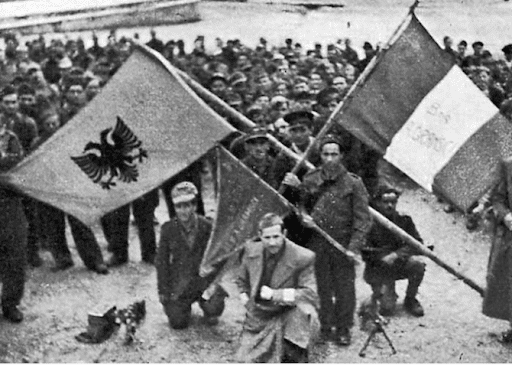
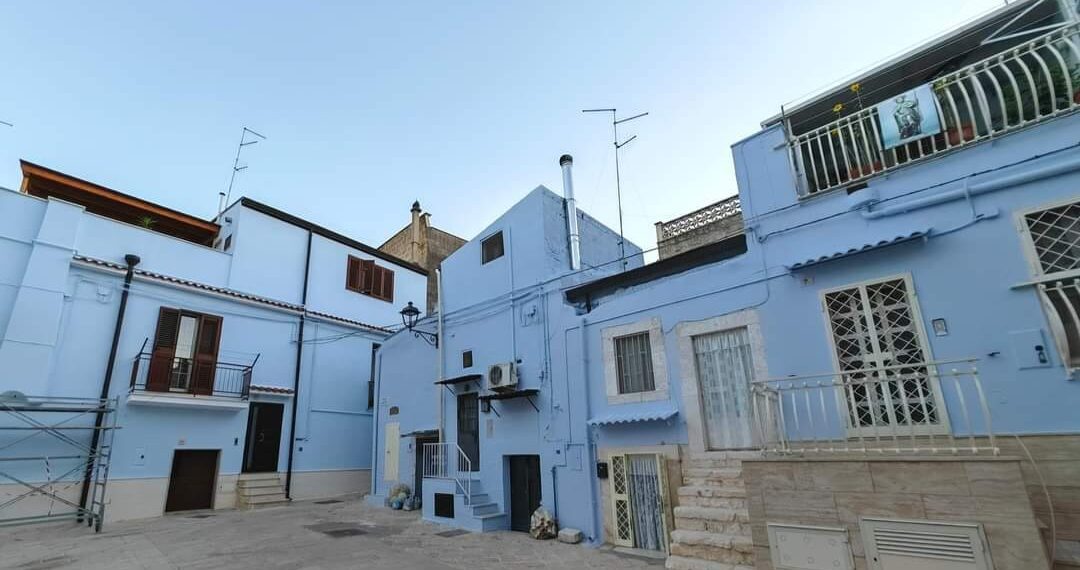
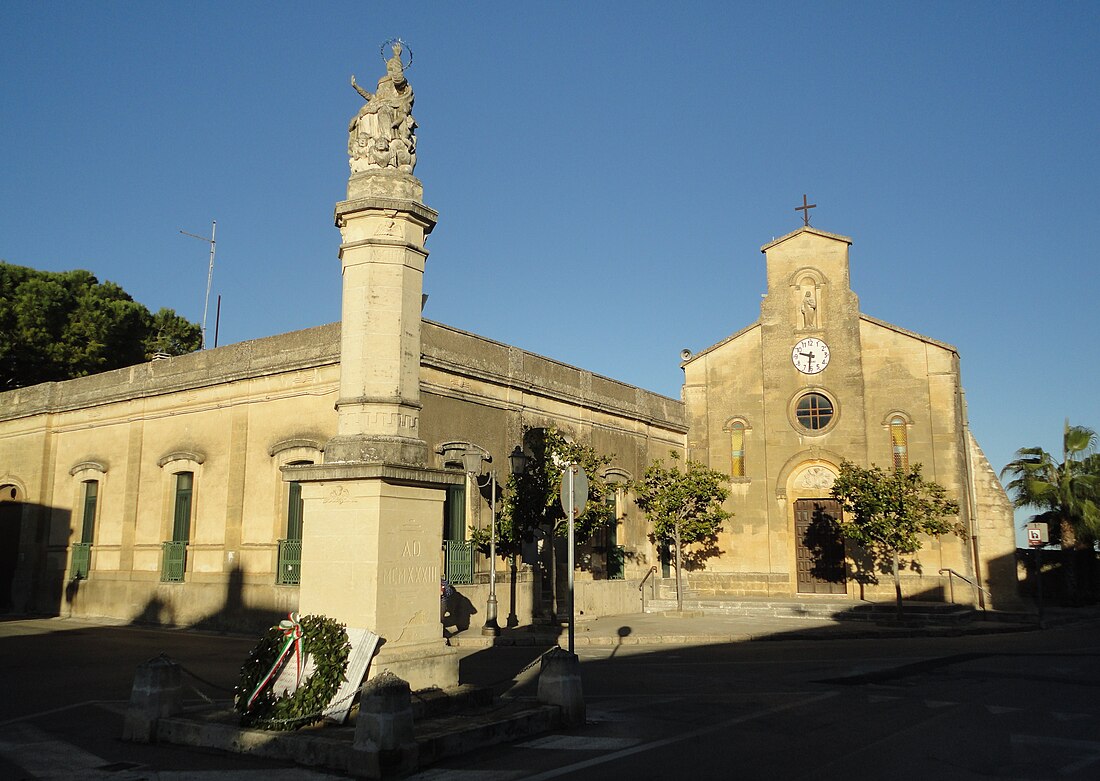
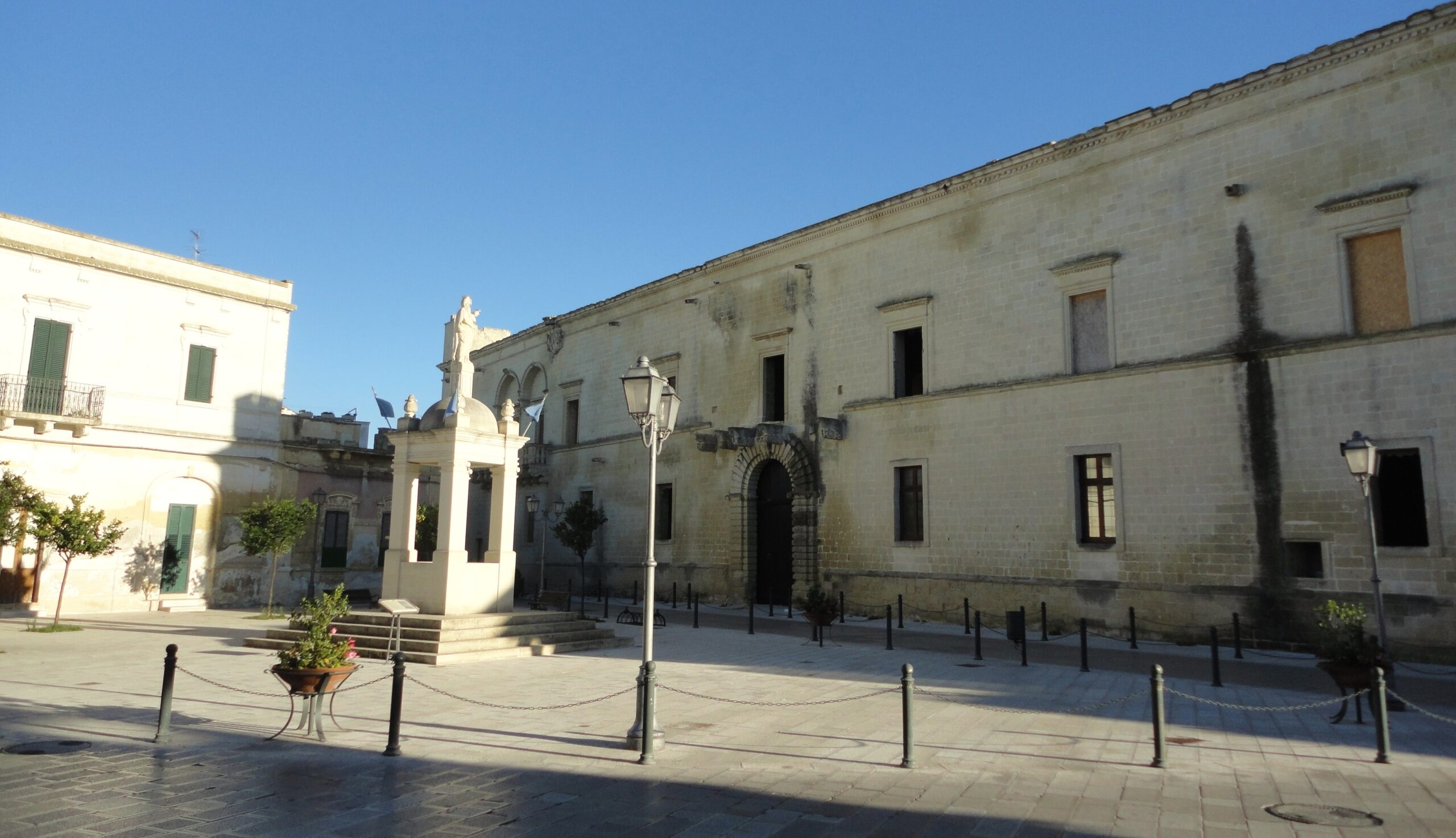


Leave a comment